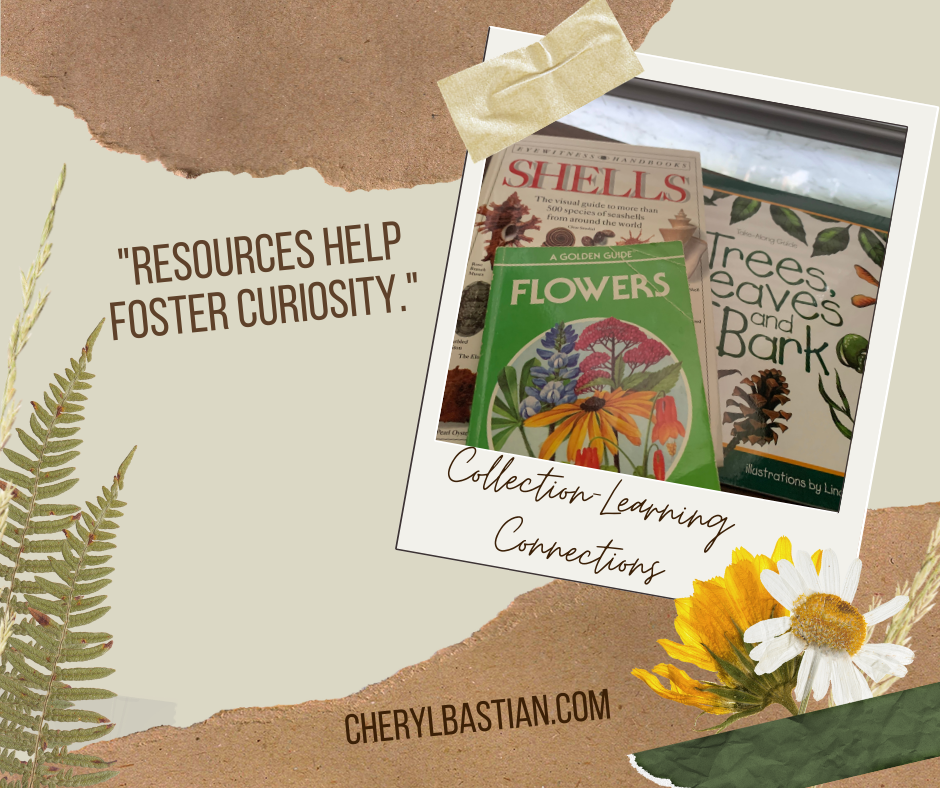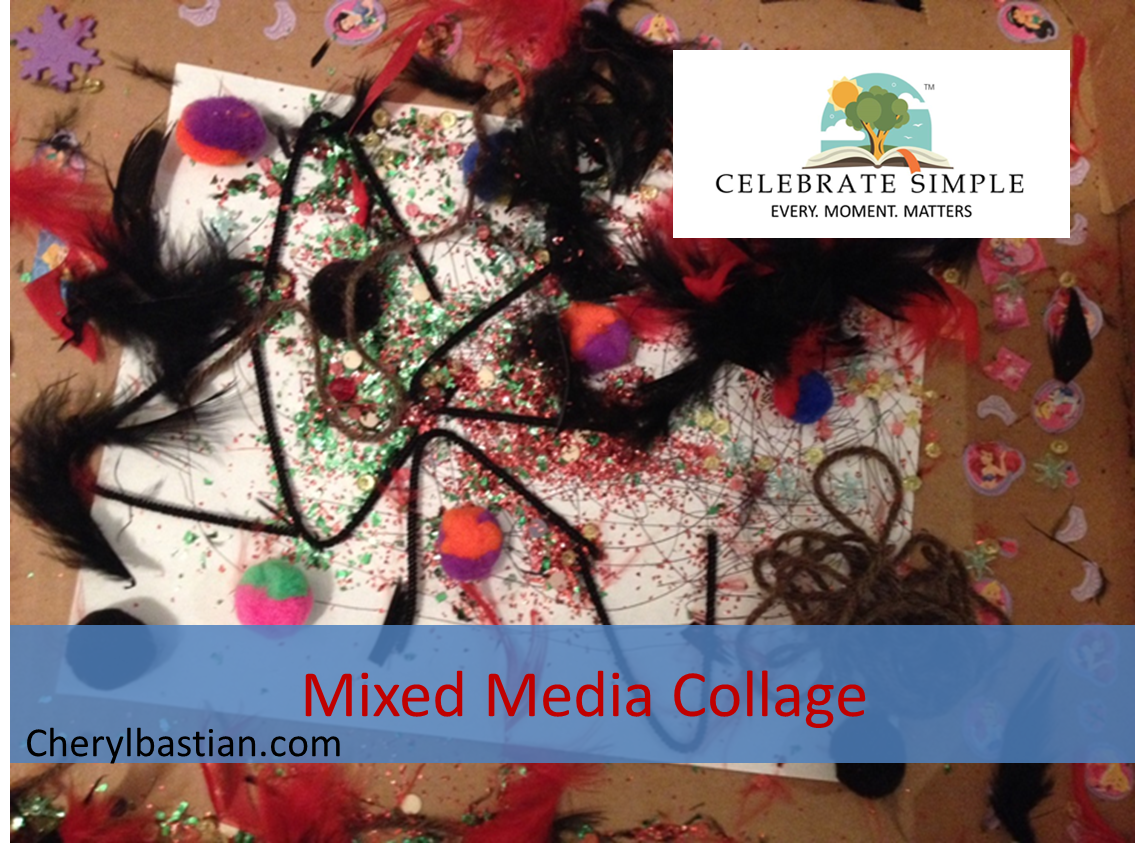“Mom, why are there faces on our money?”
Children are eager to learn about people, the individuals they hear us talk about, people who made a difference— presidents, leaders, scientists. This is especially true when children begin to understand the choices and even the sacrifices and hard work others made for the sake of others.
One of our favorite periods of history to study is the American Revolution. Thankfully, there is an abundance of resources available and there are so many aspects of the era to be investigated. For a family like us with multiple levels of development and learning, we find this era offers a little bit of everything for everyone. Children can easily detour and dig into an area of independent study (which typically ignites interest in a sibling or becomes a topic of conversation at the dinner table). As we’ve studied this time in our nation’s history several times over our twenty-six year learning journey, we definitely discovered we have some favorite resources.
I am sure as you dig into the American Revolution, you will discover you have favorites, too.
George Washington
Adler, David A., A Picture Book of George Washington (K-early elementary)
Barton, David, Bulletproof George Washington (high school)
d'Aulaire, Ingri, George Washington (elementary)
Davidson, Margaret, The Adventures of George Washington (elementary-middle school)
Edwards, Roberta, Who Was George Washington (Who is series) (elementary-middle school)
Graff, Stewart, George Washington: Father of Freedom (Discovery biography) (K- early elementary)
Harness, Cheryl, George Washington (elementary)
Heilbroner, Joan, Meet George Washington (Step-Up Books series reprinted in paperback with similar text as a Landmark book) (K-early elementary)
Stevenson, Augusta, George Washington: Young Leader (Childhood of Famous Americans) (K- elementary)
Martha Washington
Anderson, LaVere, Martha Washington: First Lady of the Land (Discovery biography) (K- early elementary)
Wagoner, Jean Brown, Martha Washington: America’s First Lady (Childhood of Famous Americans) (K-elementary)
Betsy Ross
Buckley, James, Who Was Betsy Ross? (Who Is Series) (elementary-middle school)
Wallner, Alexandra, Betsy Ross (K- elementary)
Weil, Ann, Betsy Ross: Designer of our Flag (Childhood of Famous Americans) (K- elementary)
Thomas Jefferson
Colver, Anne and Polly Anne Graff, Thomas Jefferson: Author of Independence (Discovery biography) (K- elementary)
Monsell, Helen Albee, Thomas Jefferson: Third President of the United States (Childhood of Famous Americans) (K- elementary)
Paul Revere
Adler, David A., A Picture Book of Paul Revere (K- elementary)
Fritz, Jean, And Then What Happened, Paul Revere (elementary)
Longfellow, Henry Wadsworth, Paul Revere's Ride (illustrated by Ted Rand) (elementary-middle school)
Stevenson, Augusta, Paul Revere: Boston Patriot (Childhood of Famous Americans) (K- elementary)
Benjamin Franklin
Davidson, Margaret, The Story of Benjamin Franklin (elementary-middle school)
Franklin, Benjamin, The Autobiography of Benjamin Franklin (high school)
Graves, Charles P., Ben Franklin: Man of Ideas (K- elementary)
Hareness, Cheryl, The Remarkable Benjamin Franklin (K- elementary)
Lawson, Robert, Ben and Me (great read aloud) (elementary-middle school)
Scarf, Maggi, Meet Benjamin Franklin Washington (Step-Up Books) (K- early elementary)
Stevenson, Augusta, Benjamin Franklin: Young Printer (Childhood of Famous Americans) (K- elementary)
John Adams
Adler, David A., The Picture Book of John and Abigail Adams (K- elementary)
McCullough, David, John Adams (high school)
Abigail Adams
Peterson, Helen Stone, Abigail Adams: Dear Partner (K- elementary)
Sam Adams
Adler, David A., The Picture Book of Sam Adams (K-elementary)
Fritz, Jean, Why Don't You Get a Horse, Sam Adams? (elementary-middle school)
The American Revolution
Dalgliesh, Alice, The 4th of July (K- elementary)
Edmunds, Walter, The Matchlock Gun (read aloud)
Forbes, Esther, Johnny Tremain (read aloud or middle school)
Gregory, Kristianna, Cannons at Dawn (Dear America series) (upper elementary-middle school)
Harris, Michael, What is the Declaration of Independence (Who Is series) (elementary-middle school)
Latham, Jean Lee, Carry On, Mr. Bowditch (family read-aloud or middle school independent read)
Lossing, Benson John, Lives of the Signers of the Declaration of the Independence (high school biographical compilation)
McCullough, David, 1776 (high school)
McGovern, Ann, If You Lived In Colonial Times (K- elementary)
Maestro, Betsy and Giulio, A More Perfect Union (K-elementary)
Moore, Kay, If You Lived At the Time of the American Revolution (K- early elementary)
Penner, Lucille, Liberty! How the Revolutionary War Began (elementary-middle school)
Rockliff, Mara, Gingerbread for Liberty: How a German Baker Helped Win the American Revolution (K- elementary)
Spier, Peter, The Star-Spangled Banner (K-elementary)
Activities
We have used various activities from History Pockets: Colonial America and History Pockets: American Revolution by Evan-Moor.
Dioramas make great culminating projects. Dioramas scenes created in a shoe box or cardboard box, perhaps Washington crossing the Delaware, Valley Forge, the signing of the Declaration of Independence.
We locate and identify the thirteen colonies on our US map or print a printable map found online and label the thirteen colonies: Virginia, New York, New Hampshire, Massachusetts, Maryland, Connecticut, Rhode Island, Delaware, North Carolina, South Carolina, New Jersey, Pennsylvania, and Georgia. Say the colonies while writing the names or pointing to the words. Notice the names of states are proper nouns and are capitalized.
In addition to the thirteen colonies, consider locating significant bodies of water (rivers and lakes) or cities were events took place (Boston, Philadelphia, Trenton, and so on). Printable maps are great for this activity though this can also be done on a United States map orally together as a family.
My children have loved making colonial crafts like quilting, candle making, weaving, and leather work.
We read Henry Wadsworth Longfellow’s poem, The Midnight Ride of Paul Revere (Ted Rand’s version listed above). This poem has been recited for generations and is narrative fiction. Though based on a historic event, not all the details penned in the poem occurred as they actually happened. Compare the details in the poem with what was learned while researching. The Paul Revere House offers one account on its website https://www.paulreverehouse.org/the-real-story/. In addition, Old North Church is a National Park. Their website is https://tinyurl.com/y7havl6b.
In Paul Revere’s Ride, lanterns lit the way for night travelers and warned the citizens of impending danger. Tin lanterns were crafted by tinsmiths. We’ve enjoyed making tin lanterns. To do so, we wash an empty tin can and fill with water and freeze. Once frozen solid, we place the can on a folded towel and lay atop a hard surface. This keeps the can from rolling while hammering. Then, we carefully, with supervision, use a hammer and nail to punch holes in the can, refreezing as needed. When the design is complete,we thaw the can and empty and water. Sometimes, we add a wire handle and a battery-operated votive to light the lantern.
Field trips are always a favorite. For this period of history, consider history museum, horse stables, blacksmith or quilt shops.
We’ve enjoyed making quill pens and writing with homemade berry ink.
Create an American Revolutionary timeline.
Our children have loved watching episodes of Liberty Kids.
We read Gingerbread for Liberty: How a German Baker Helped Win the American Revolution by Mara Rockliff, read the back matter at the end, and made gingerbread. For our littles, we made gingerbread playdough. This recipe (minus the pumpkin spice) has been my favorite for over thirty years!
Gather
2 cups flour
1 cup salt
1 tablespoon vegetable oil
2 1/2 teaspoons cream of tartar (cream of tartar acts as a preservative)
2 cups cold water
Food coloring
1 teaspoon pumpkin pie spice or cinnamon
Wooden cutting board
Airtight plastic bag or container
1. In a medium saucepan, mix together the flour, salt, vegetable oil, cream of tartar, and water. Stir well. Add 5 to 6 drops of food coloring and 1 teaspoon pumpkin pie spice or cinnamon.
2. Cook over medium heat, stirring constantly until the dough is the consistency of mashed potatoes; about 5 minutes.
3. Spoon onto a wooden cutting board or wax paper covered counter top.
4. Knead until smooth.
5. Store play dough in an airtight plastic zipper bag or container up to 6 months.
Knead, roll and pat to build fine motor skills. Make a long rope and form into the letter G. Use a gingerbread man cookie cutter to make pretend gingerbread delights.




















